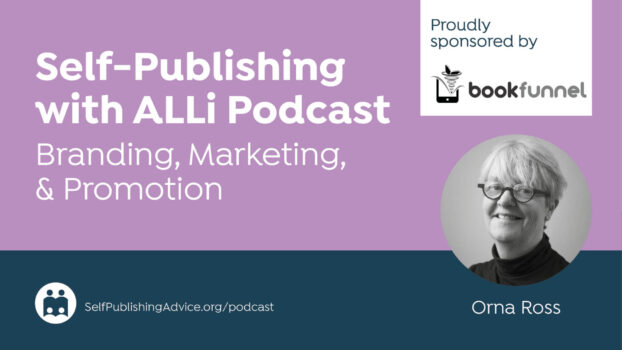
ALLi News Editor, Dan Holloway
Anything that starts life under the name “online harms” and comes to maturity by the name “online safety” will always have a shade of the Orwellian about it. Last week, a piece of legislation that could have been born to wear that adjective was finally passed into UK law. ALLi's Self-publishing News Editor reports.
The legislation is designed to make the internet a safe place by protecting minors in particular from harmful content. Much of the impetus came from some high profile media coverage of tragic teenage deaths from eating disorders. Families blamed the ease of finding material graphically describing and often positively portraying such behaviours. It came at a moment when the influence of the internet on young minds was a hot topic.
The result is a bill that feels somewhat at odds with the UK government’s stated desire to create a nation that is the friend of technology. Because whatever the merits of the Act, as it has now become, easing the burden on tech firms is not one of them.
There are two big areas of concern the legislation seeks to address. Access to harmful content is one. The Act seeks to ensure that sites confirm anyone encountering harmful content, even where that content is legal, is of a suitable age. This comes at a time when the world is also grappling with a heated debate over censorship, which makes it feel like a delicate law to start with. But the verification process is a big burden, and one that may impact many of us who host content, not just big platforms like Instagram and YouTube. As is too often the case, exactly what the implications will be is not yet clear, but we need to be ready for the way we post and host content to start looking different.
The other aspect is encryption. In seeking to ensure absolute security for end-to-end encryption at the same time as demanding the right to access encrypted content, it is doing what governments usually do best. Demonstrating it doesn’t understand how technology works.
Find Out More:




